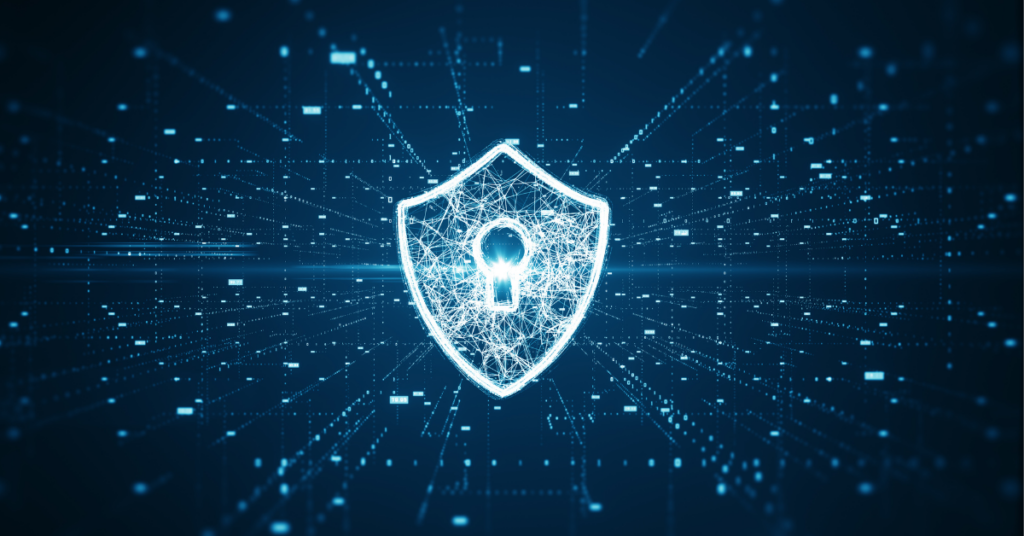Counterintelligence sits at the intersection of secrecy and strategy. Let’s explore this fascinating field that’s essential for national security.
What is Counterintelligence?
Traditional espionage involves surreptitiously gathering intelligence on an opponent’s or a foreign government’s goals and capabilities. Counterintelligence, on the other hand, identifies and seeks to stop that espionage.
Importance to National Security
When we look at national security, it’s easy to understand the importance of preventing other governments or terror organizations from gaining access to our secrets. In the United States, the major governmental agencies responsible for these efforts are the Federal Bureau of Investigation (FBI), the Central Intelligence Agency (CIA), the National Counterintelligence and Security Center (NCSC), and the National Security Agency (NSA). Each of these monitors and neutralizes the threats stemming from spying efforts.
The Basics of Counterintelligence
Counterintelligence focuses on understanding and responding to the threat of an adversary’s tactics and motivations. It uncovers and thwarts potential intelligence breaches before they can cause harm. This is vital because In a world where information is power, keeping secrets out of the hands of our enemies is of paramount importance.
Key Components
Counterintelligence relies on operatives and technology with the ability to gather and utilize information. This includes:
- Surveillance and monitoring to observe and detect threats
- Analysis of intelligence to gain actionable insights and predict future threats
- Usage of deception and misinformation as strategic tools to mislead adversaries and protect critical information.
Counterintelligence Disciplines
In the security and intelligence sector, a variety of disciplines are used to collect and protect valuable information:
- Human Intelligence (HUMINT) – Deals with both the detection of hostile personnel and/or sources within an organization or the detection of individuals likely to become hostile sources.
- Signal Intelligence (SIGINT) – Detection of inappropriate information being transmitted over secure or non-secure communication devices.
- Imagery Intelligence (IMINT) – Use of overhead imagery through satellites or UAVs to detect movements or activities.
- Open-Source Intelligence (OSINT) – The idea of censorship of material directly relevant to national security is a basic OSINT tenant.
Challenges and Risks
Striking the balance between privacy and security means protecting national secrets without compromising citizens’ rights. This requires constant monitoring and adapting to new threats, as well as being transparent and accountable to avoid violating citizens’ rights and trust.
The Future of Counterintelligence
Increasingly, this field relies on cutting-edge technologies and strong international collaborative efforts to tackle global risks. In the digital age, where personal data can be vulnerable to exploitation, new threats continue to evolve. Counterintelligence efforts must adapt to address dangers posed by technological advancements, global interconnectedness, and the changing tactics of adversaries.
Strategic Vigilance and Adaptability
Counterintelligence helps to keep our secrets safe. Looking to the future, the collaboration and integration of new technologies will be pivotal for success. Today’s counterintelligence efforts will keep our secrets secure tomorrow. To learn more about how to keep secrets secure, reach out to GEM.
